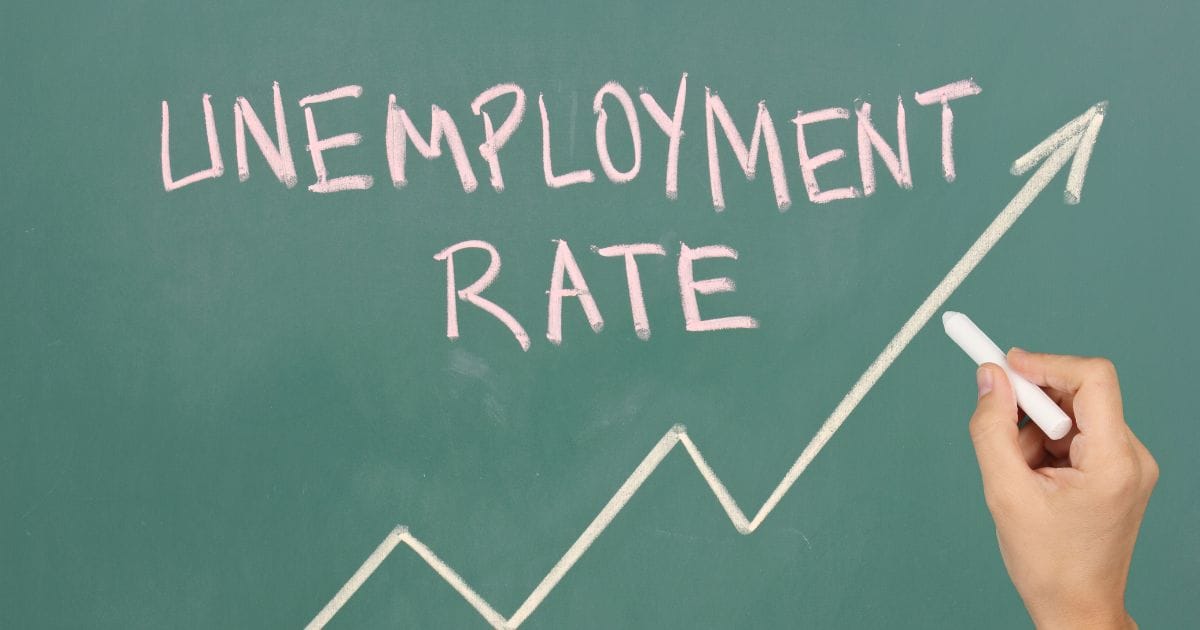Illinois continues to struggle with unemployment as new numbers show the state is dead last out of the 50 states.
The Bureau of Labor Statistics released updated unemployment numbers for the 50 states and Washington D.C. The list shows where each state was during September.
Illinois finished 50th on the list, only ahead of the District of Columbia, and had an unemployment rate of 4.5%, which is unchanged from last month and still higher than pre-pandemic levels.
Bryce Hill, director of fiscal and economic research for the Illinois Policy Institute, explained the Illinois job market in a recent podcast.
“We are still missing nearly 89,000 jobs, 1 in 9, more than any neighboring state besides Wisconsin,” Hill said. “Payrolls are also 1.5% lower than during COVID.”
Hill said the state’s handling of COVID-19 has hindered the job market.
“By pressing the pause button for so long, many of these businesses could not afford to operate anymore, so we lost nearly 3,000 employers,” Hill said.
U.S. Rep. Rodney Davis, R-Taylorville, said unemployment is where it is because Illinois lawmakers are concerned with the wrong issues.
“They’re not worried about changing polices that encourage job growth and encourage manufacturing to relocate here,” Davis told The Center Square, saying inflation is compounded by the state’s business climate. “Those are the pressures making business decisions for business owners not to come to Illinois, not to be able to lower the unemployment rate … We have a labor force problem in a high unemployment area, that should tell you there are failures of policies at a state level when other states aren’t experiencing the same thing.”
The Land of Lincoln is now a full percentage point over the national average of 3.5% and more than two full points above Missouri’s 2.4%.
Chuck Casto of small business referral network Alignable.com had previously said businesses are struggling to hire workers due to inflation and some of the highest taxes in the nation.
“In Illinois, where they have the very high taxes, it becomes a cumulative effect on the small businesses,” Casto said. “As these businesses try to do creative things to remain in business and attract more customers, the state’s high taxes have an impact.”
Illinois has also struggled with its Gross Domestic Product numbers. The Bureau of Economic Analysis data shows that Illinois’ GDP decreased by 2.5% in the first quarter of 2022, more than any other Midwestern state.
This article originally appeared on The Center Square.






